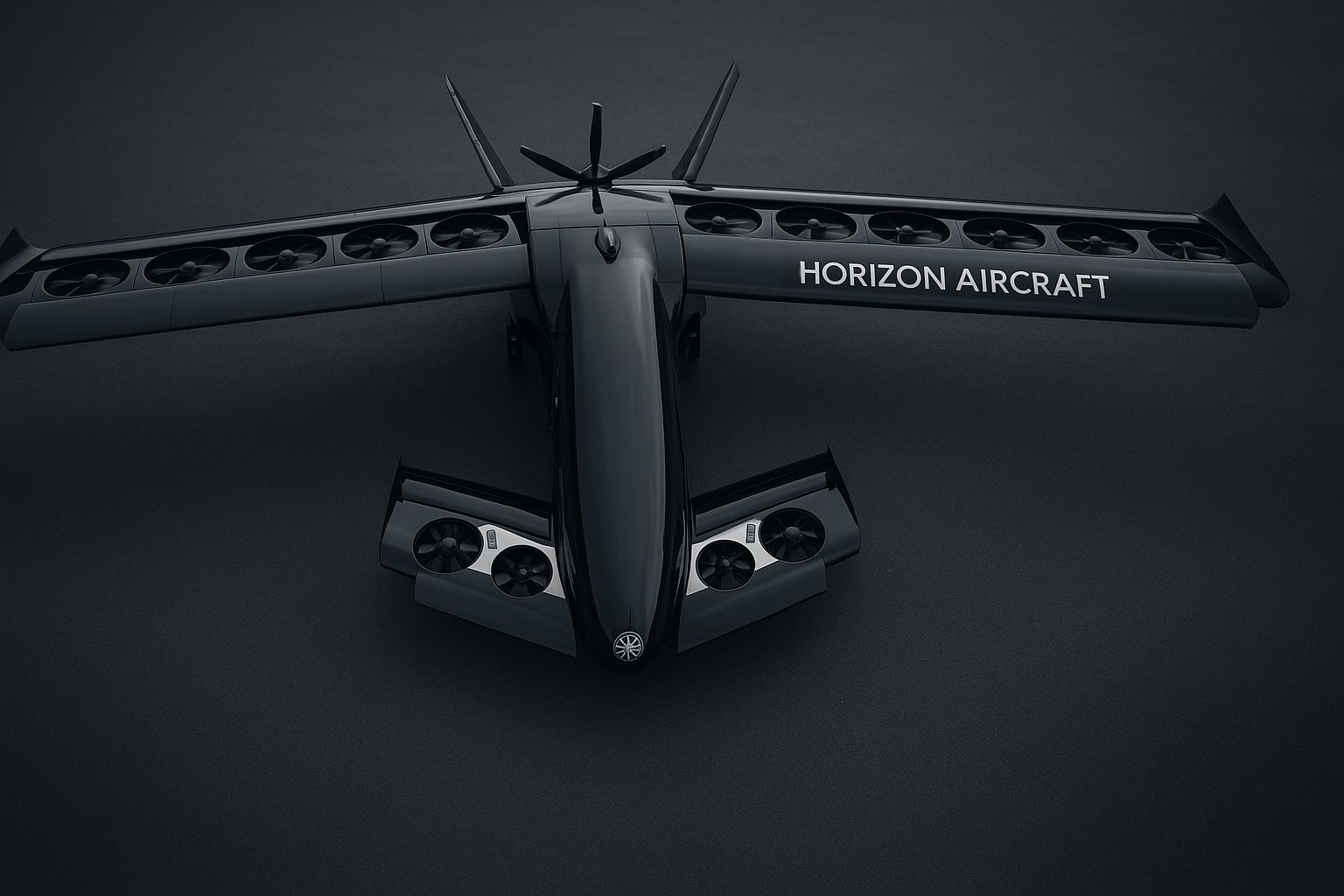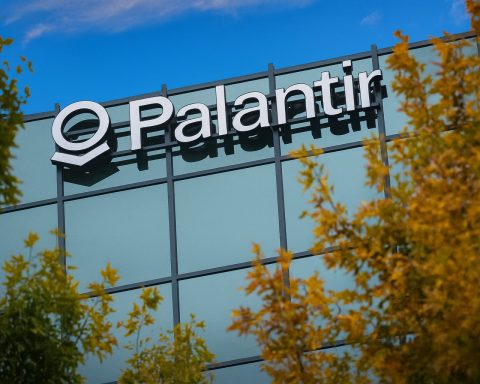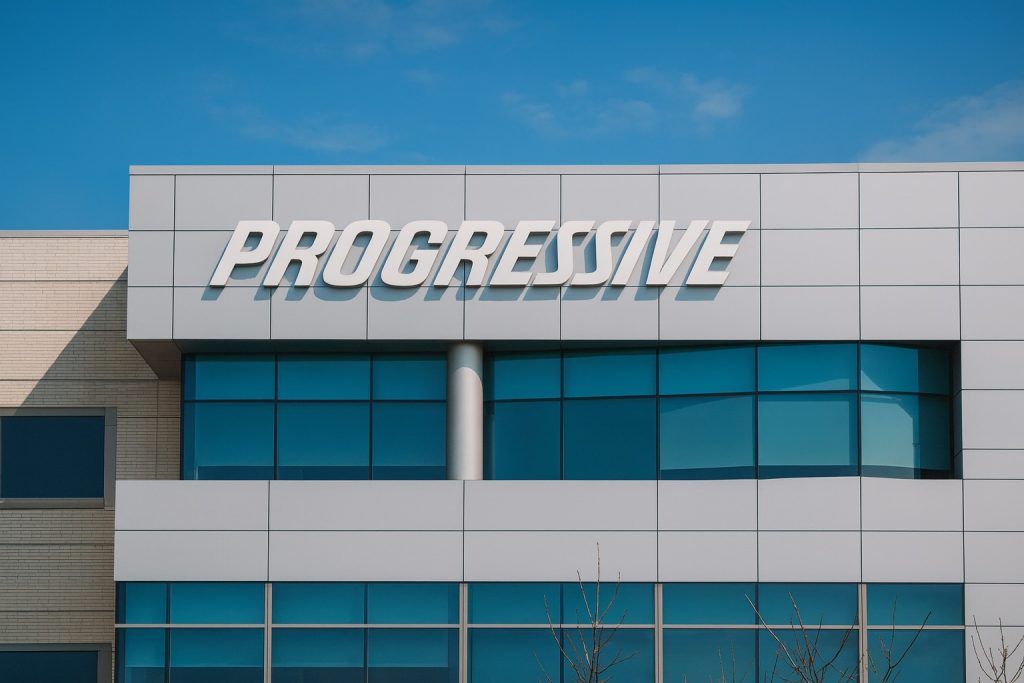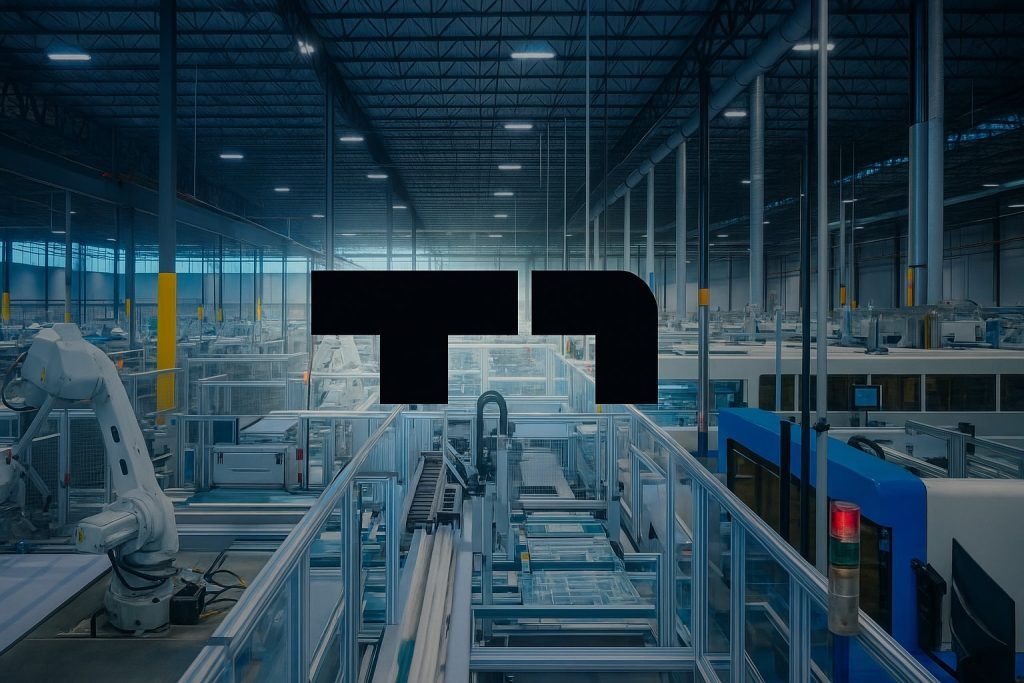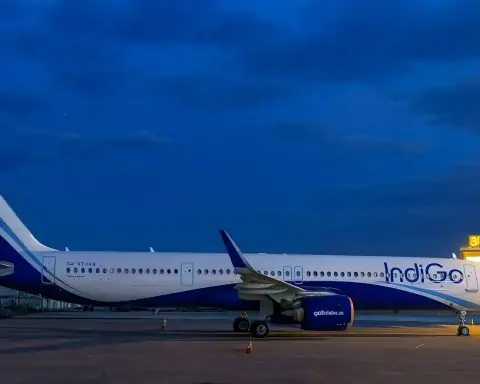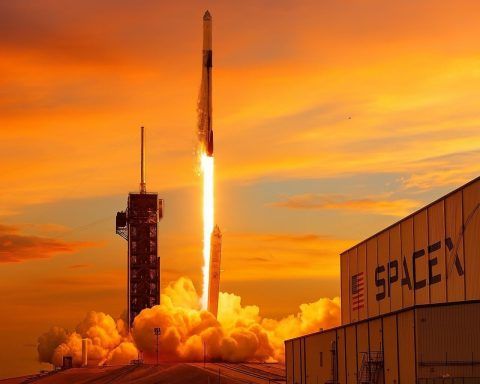- Stock Surge: New Horizon Aircraft (NASDAQ: HOVR) closed at $3.91 on Oct 14, 2025 (up 6.5% that day) [1], trading near its 52-week high (~$4.00) on heavy volume. Shares are up roughly 28% since early October. The stock now carries a market cap on the order of $150–160 million [2] [3], after trading as low as $0.25 in the past year [4] [5].
- Recent Headlines: In the past week Horizon reported Q1 FY2026 results (Oct 10), detailing progress on its Cavorite X7 hybrid eVTOL prototype and ample liquidity [6] [7]. On Oct 14 it announced a deal to use Pratt & Whitney Canada’s popular PT6A turboprop engine for Cavorite X7 [8] [9]. Management is also in the spotlight at major industry conferences this month (NBAA, GrowthFrontiers, etc.) [10] [11].
- Earnings/Finances: The company’s Oct 10 update did not report revenue but highlighted technical milestones and funding. Horizon said it has “strong liquidity, with more than 18 months of working capital” [12], thanks to streamlined costs and government R&D grants. CEO Brandon Robinson said Q1 progress leaves them “well prepared to reach our target of having the full-scale aircraft… ready for testing in 18 months” [13]. CFO Brian Merker added that they now “have sufficient capital to ready our full-scale prototype for testing in 18 months” [14].
- Technical Progress: In May 2025 Horizon achieved a successful fan-in-wing transition flight with a large-scale prototype [15]. The company is now building the full-scale Cavorite X7. It completed the full-scale architecture and has fabricated the wing propulsion units (the patented HOVR Wing technology) which are under test [16]. Management notes it has grown its engineering team by ~50% this year [17] to accelerate these efforts.
- Pratt & Whitney Deal: Horizon’s hybrid approach means most of the flight is done like a conventional aircraft. The Oct 14 press release calls the PT6A agreement “a major step toward producing a hybrid eVTOL that will go faster, farther, and be the most efficient in the industry”. The PT6A is a proven turboprop; Horizon notes it “is the optimal choice for [the] full-scale hybrid eVTOL… [which] will fly most of its mission like a conventional airplane” [18]. CEO Brandon Robinson said the PT6A was “exactly what we need for our full-scale aircraft” and praised the new Pratt & Whitney partnership as “another amazing win” for the company [19]. The company highlights that, unlike battery-only eVTOLs, its hybrid design will “reduce hydrocarbon emissions by up to 30%” while allowing long-range missions and on-board heating/de-icing [20] [21].
- Analyst Views & Outlook: Institutional research is mixed. D. Boral Capital recently reiterated a Buy rating and set an $11 target on HOVR [22]. As GuruFocus notes, that reflects “confidence in the company’s prospects” [23] and implies ~180% upside over current prices [24]. However, consensus from other analysts is far more modest – the average 12-month target is only ~$2.80 [25] (implying about 28% downside from $3.91). Technical analysts have flagged the stock’s volatility: for example, an Oct 11 report observed a 16% intraday drop on bearish trading signals (no new bad news), followed by a rebound as buyers stepped in [26] [27]. Overall HOVR still carries only a Moderate Buy consensus [28], reflecting uncertainty about timelines and capital needs.
- Industry Context: The news comes amid a rapidly growing urban air mobility (UAM) sector. Analysts forecast the global eVTOL market will expand from about $1.2 billion in 2025 to over $4.3 billion by 2030 [29]. Tech publications note that eVTOL air taxis are moving “from concept to reality in 2025,” with dozens of U.S. cities planning vertiports and pilot services [30] [31]. (For example, 92 U.S. cities now have active eVTOL plans [32].) Horizon’s hybrid model targets niches like regional transport, emergency medical flight, and military use – segments many pure-electric competitors (Joby, Archer, Lilium, etc.) also aim for. Horizon argues its warmer-engine powertrain gives it an edge in harsh conditions and long-range missions [33].
Hybrid eVTOL Progress and Forecast
New Horizon Aircraft is focused on certifying and producing its Cavorite X7, a 7-seat hybrid-electric VTOL aircraft. The company envisions a first flight-worthy prototype within ~18 months and full production by the late-2020s. CEO Brandon Robinson said the successful May 2025 test flight “was already an incredible year for the technical team,” and now they are pushing toward full-scale design completion [34]. Horizon notes it has the cash runway and partnerships (with Pratt & Whitney, government agencies, etc.) to achieve these goals [35] [36].
Financially, Horizon remains pre-revenue. Its Q1 FY2026 report (Aug–Oct 2025) did not list sales, only R&D expenses. The company reported a loss per share and noted EPS slightly missed expectations [37], but emphasized instead the non-financial progress and funding. For example, management stressed a “streamlined” cost base and successful funding rounds, saying these give it 18+ months of operating capital [38]. This liquidity cushion is a key part of future forecasts: with a solid balance sheet and new technical milestones, Horizon expects to accelerate development.
Market watchers forecast a long ramp-up. Analyst Jason Kolbert at D. Boral (Canada) maintained a Buy and $11 target on Oct 15 [39] – a bullish view equating to roughly 3× the current share price. (This was the first target Kolbert set for HOVR, hinting at increased confidence [40].) By contrast, other research argues HOVR still trades rich: one consensus price target is only ~$2–4, well below the $3.9 trading level [41]. In public forums and social media, some investors point out that HOVR’s market cap (~$150M) exceeds what the company’s lack of revenue and uncertain certification path might justify. On the flip side, proponents highlight the high entry barriers (aircraft certification) and the company’s Canadian government backing as reasons HOVR could win valuable niche contracts (e.g. firefighting, remote medevac, Arctic patrol).
Broader UAM Trends
Horizon’s story fits a broader narrative in advanced air mobility. Recent news shows global momentum: established airlines and governments are investing in eVTOL programs, and regulators (FAA/EASA) have begun writing new rules for VTOL certification [42] [43]. Industry surveys note that battery tech is improving (for longer flight times) and that infrastructure (vertiports, charging, airspace management) is being built out in North America, Europe and Asia. According to Mordor Intelligence, the market for eVTOL aircraft is projected to nearly quadruple by 2030 [44]. However, nearly all leading eVTOL startups (Joby, Archer, Lilium, etc.) are still in late-stage development, not revenue generation. Horizon’s unique hybrid approach is one of a few (others include Beta Tech’s conventional plane with tilt rotors, and startups like Dufour) that bet on liquid fuel + battery rather than all-electric power. This could give Horizon an edge in cold climates or long-range flights, but it also means the Cavorite X7 will require careful design to meet both airplane and helicopter certification standards (IFR and known-icing ratings are explicitly mentioned in Horizon’s plan [45]).
Next Steps and Outlook
In the near term, investors will watch Horizon’s development timeline and cash usage. The company has flagged Q2 and beyond for key tasks: designing full-scale power systems, expanding its supply chain, and securing further test progress [46]. Participating in conferences this month (NBAA-BACE, Growth Frontiers, Planet MicroCap, etc. [47] [48]) will also expose Horizon to potential partners and backers. Any news of new government grants, military interest, or production partnerships could move the stock further. On the flip side, delays in testing or certification setbacks (the eVTOL field remains high-risk) could cool sentiment.
In sum, New Horizon Aircraft remains a speculative, science-and-technology driven stock. Recent positive headlines – notably the Pratt & Whitney PT6 engine deal and proof of key technical milestones – have lifted enthusiasm, pushing HOVR near all-time highs. The company’s own statements paint a picture of steady progress and strong funding, encapsulated by CEO Robinson’s optimistic note that the team is “well prepared” to meet its 18-month prototype goal [49]. For long-term outlook, the key questions are whether Horizon can translate its hybrid eVTOL vision into a certified, marketable aircraft – and whether that yields enough revenue to justify today’s lofty stock price.
Sources: Company filings and press releases [50] [51]; Reuters, Yahoo Finance, and market data [52] [53] [54]; industry reports [55] [56]; analyst updates and news aggregators [57] [58].
References
1. stockanalysis.com, 2. www.marketbeat.com, 3. www.marketbeat.com, 4. www.marketbeat.com, 5. www.marketbeat.com, 6. www.sec.gov, 7. www.sec.gov, 8. www.webdisclosure.com, 9. www.reuters.com, 10. www.webdisclosure.com, 11. www.webdisclosure.com, 12. www.sec.gov, 13. www.sec.gov, 14. www.sec.gov, 15. www.sec.gov, 16. www.sec.gov, 17. verticalmag.com, 18. www.webdisclosure.com, 19. www.webdisclosure.com, 20. www.reuters.com, 21. www.webdisclosure.com, 22. www.marketbeat.com, 23. www.gurufocus.com, 24. www.marketbeat.com, 25. www.gurufocus.com, 26. www.ainvest.com, 27. stockanalysis.com, 28. www.marketbeat.com, 29. www.mordorintelligence.com, 30. ts2.tech, 31. ts2.tech, 32. ts2.tech, 33. www.reuters.com, 34. verticalmag.com, 35. www.sec.gov, 36. www.sec.gov, 37. www.marketbeat.com, 38. www.sec.gov, 39. www.marketbeat.com, 40. www.gurufocus.com, 41. www.gurufocus.com, 42. ts2.tech, 43. www.mordorintelligence.com, 44. www.mordorintelligence.com, 45. verticalmag.com, 46. www.sec.gov, 47. www.webdisclosure.com, 48. www.webdisclosure.com, 49. www.sec.gov, 50. www.sec.gov, 51. www.webdisclosure.com, 52. www.reuters.com, 53. stockanalysis.com, 54. www.marketbeat.com, 55. www.mordorintelligence.com, 56. ts2.tech, 57. www.marketbeat.com, 58. www.gurufocus.com
